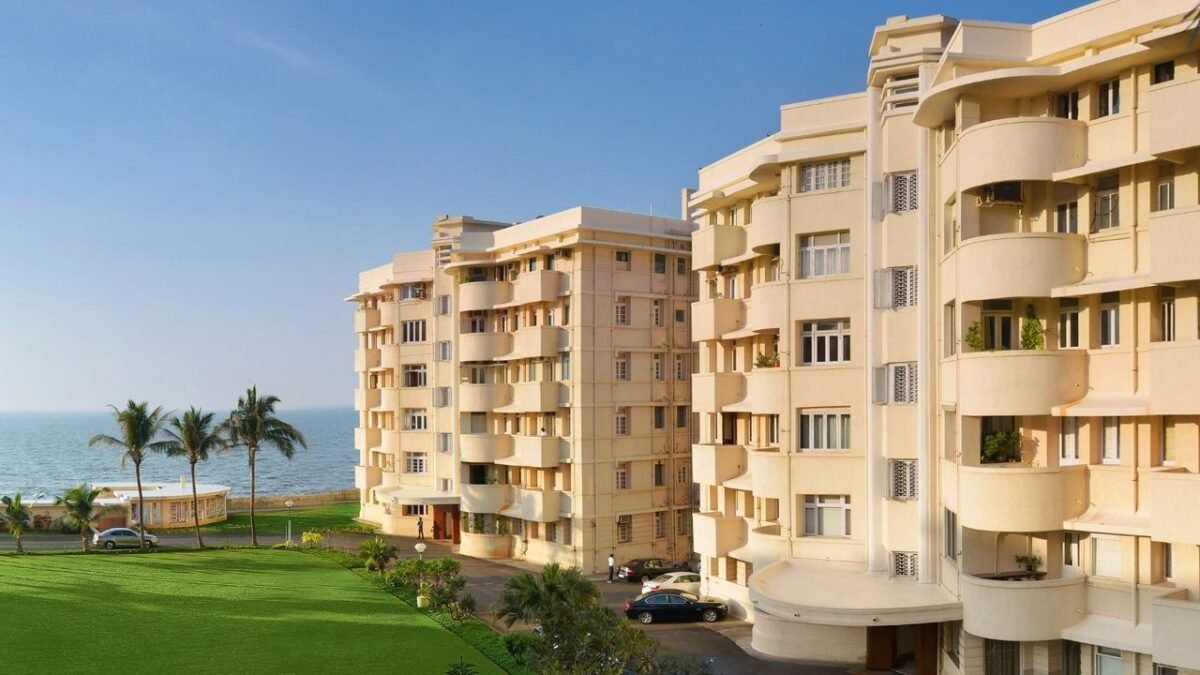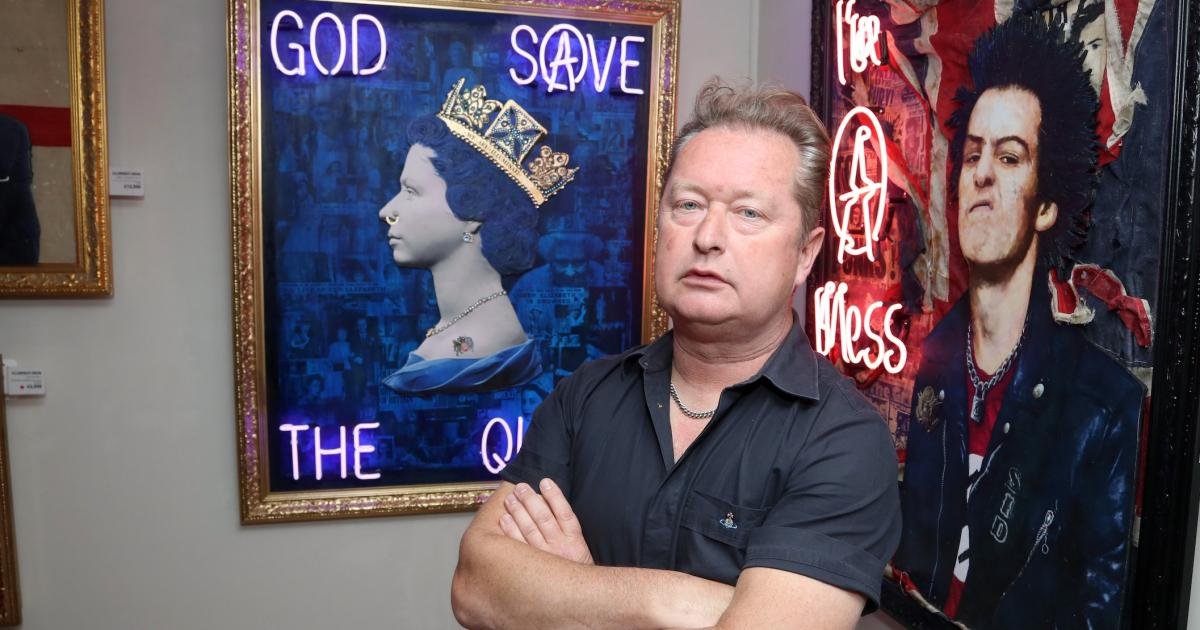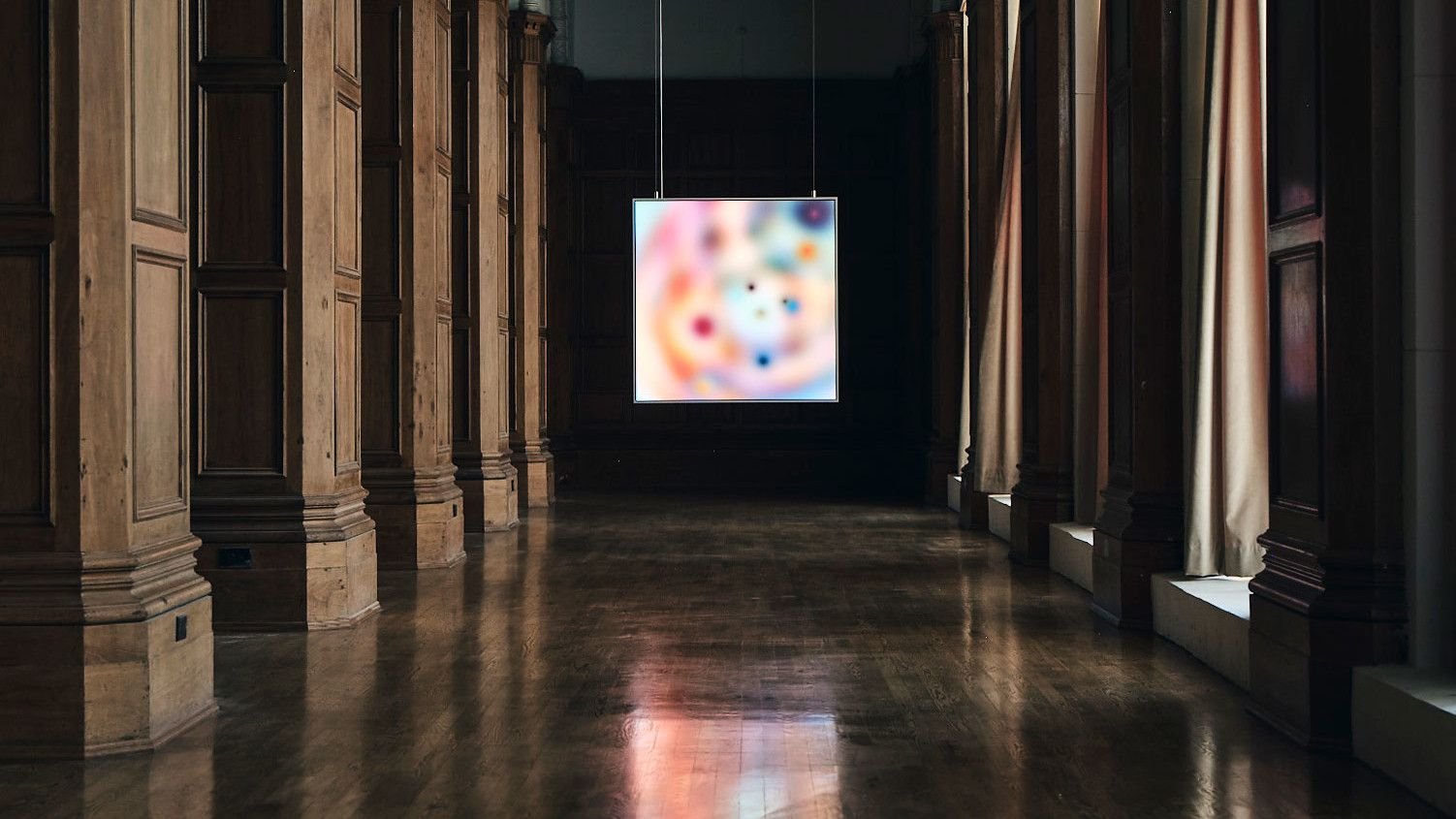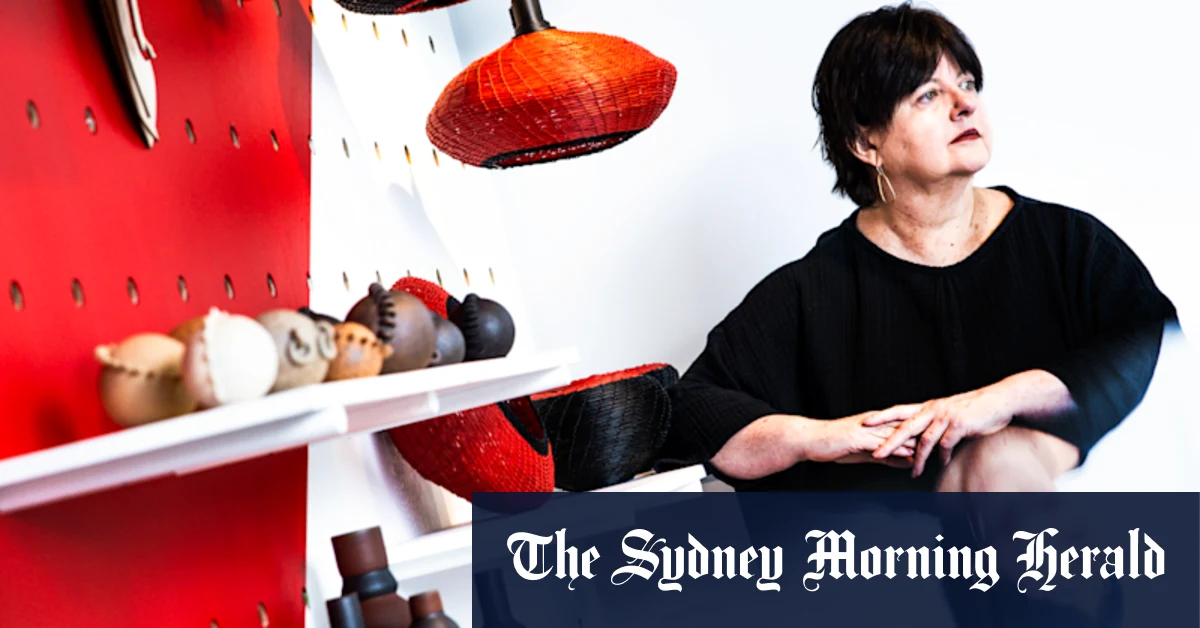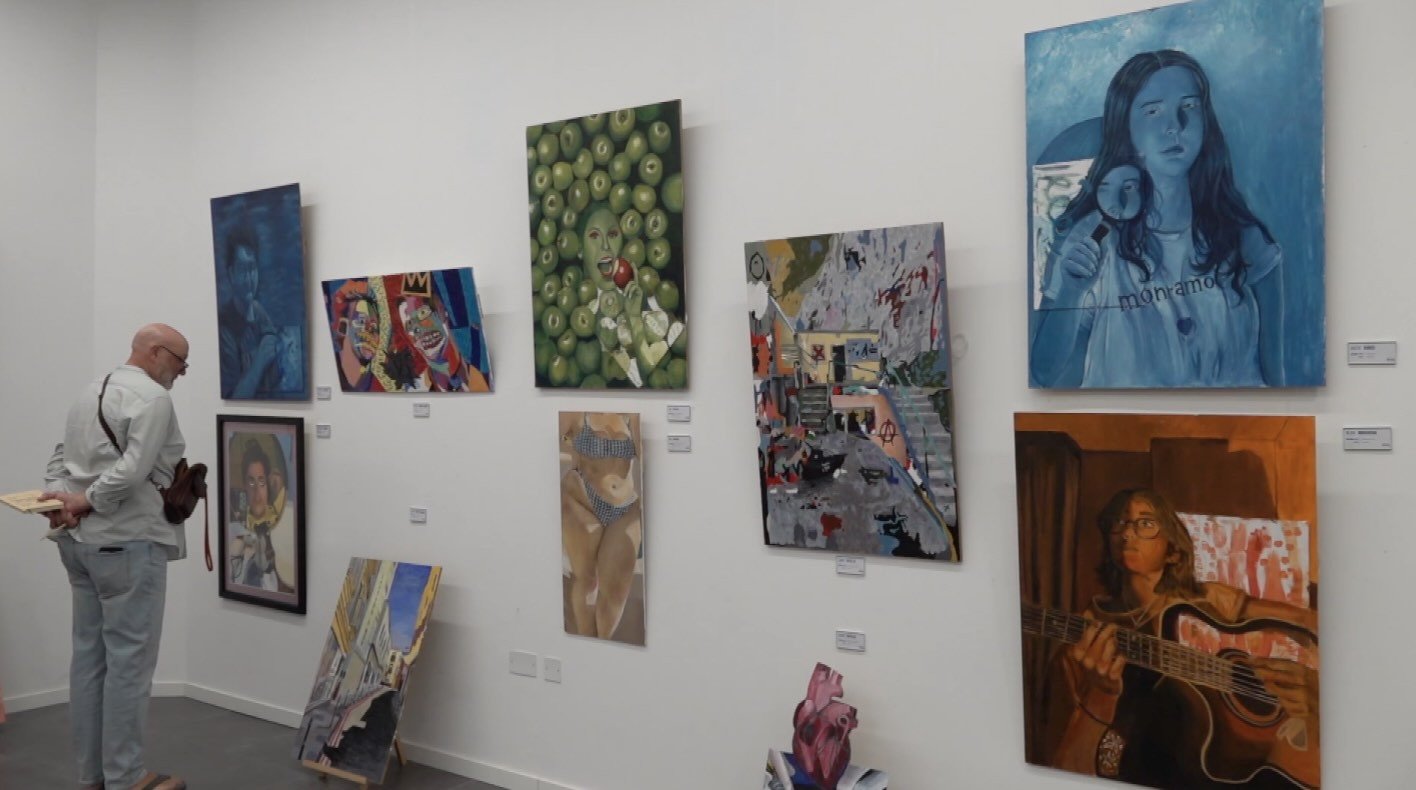For the last 80 years, these buildings have formed the backdrop to our lives. That is why, perhaps, they have, for the most part, gone unnoticed. They were, after all, all around us.
These sparsely ornamented yet colourful edifices, with curved corners, flying balconies and stepped stairwells, rise harmoniously on stretches of our cities’ roads. Occasionally set behind low compound walls with ornamental grilles or mostly opening onto the pavement directly, they rarely rise above four floors. Their well-composed fronts still hold quiet conversations with us—the pedestrians and citizens—and define our urbanity. And yet, it has taken us almost eight decades to recognise art deco in India as a significant architectural style that reshaped our cities.
Art deco emerged as an international style that valorised mobility in all its forms, reflecting the shapes of ocean liners, aircraft, motor cars and express trains. It is no surprise then that some of its earliest Indian patrons were the maharajas of princely states, who commissioned new buildings with contemporary features like air conditioning, elevators and designer furniture. The Umaid Bhawan in Jodhpur and Manik Bagh in Indore are harbingers of art deco in India, and a testament to the globetrotting, design-aware rulers like the Rathores and the Holkars.
But in most cities across the country, art deco emerged (actually exploded!) in the mid 1930s and became the default form of construction, technology and aesthetic design right through to the 1950s. Erstwhile Bombay, of course, became the pre-eminent location for art deco expression in India.
What distinguished these structures from those that came earlier was the universal adoption of a new means of construction—the reinforced concrete cement frame. Promoted and vigorously advertised by the Association of Cement Companies, this technology went viral, replacing load-bearing stone and brick masonry; not reliant on timber, but allowing all parts of the structure to be constructed with a single material. This resulted in daring cantilevers, differently shaped openings, distinctive verticals and horizontal speed lines. During this time, new typologies—apartment blocks, cinema theatres as picture palaces, lofty office buildings, petrol stations, hotels and suburban bungalows brought the city into the modern age.

